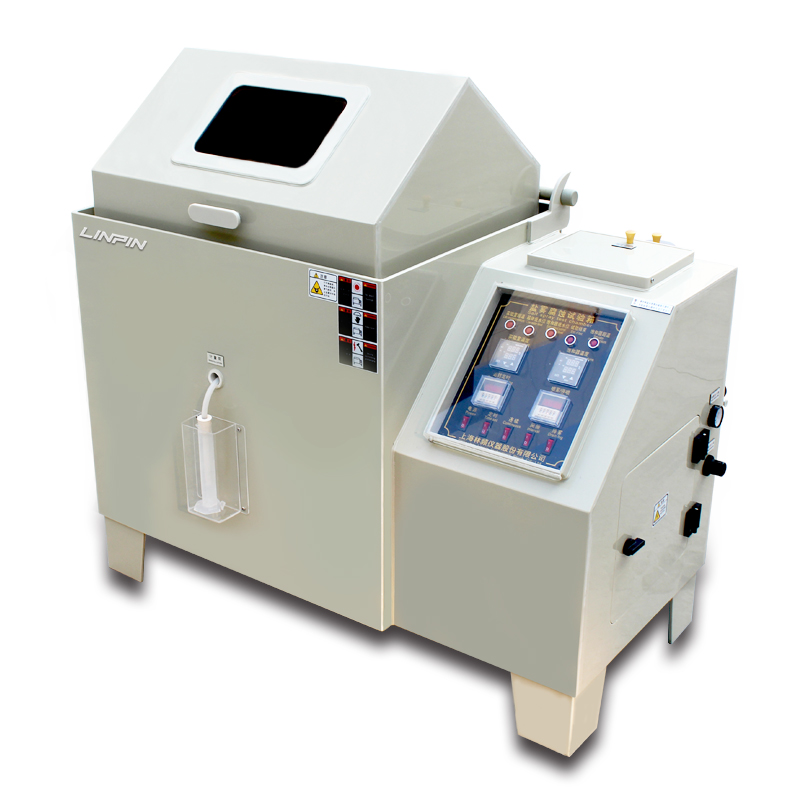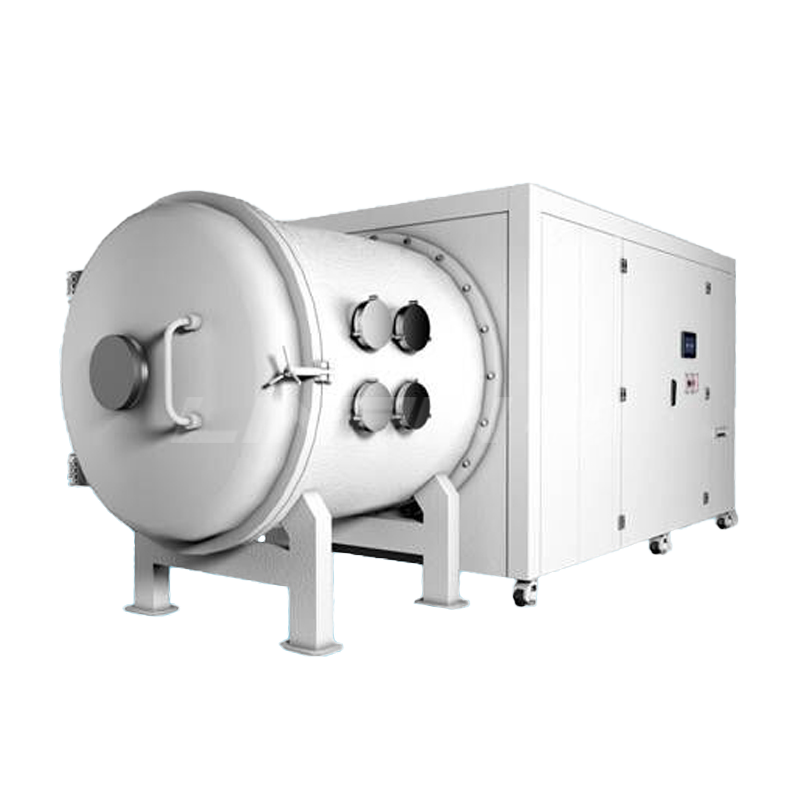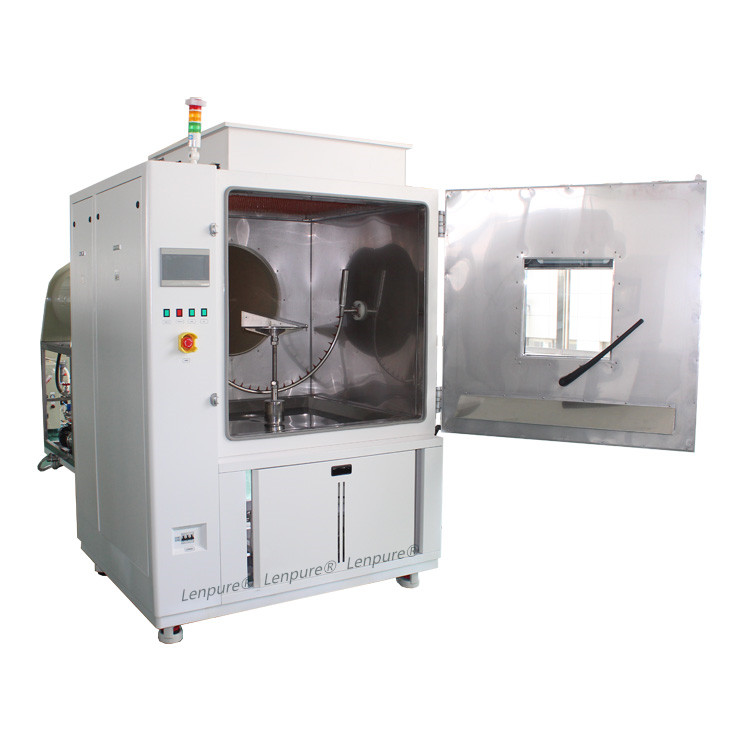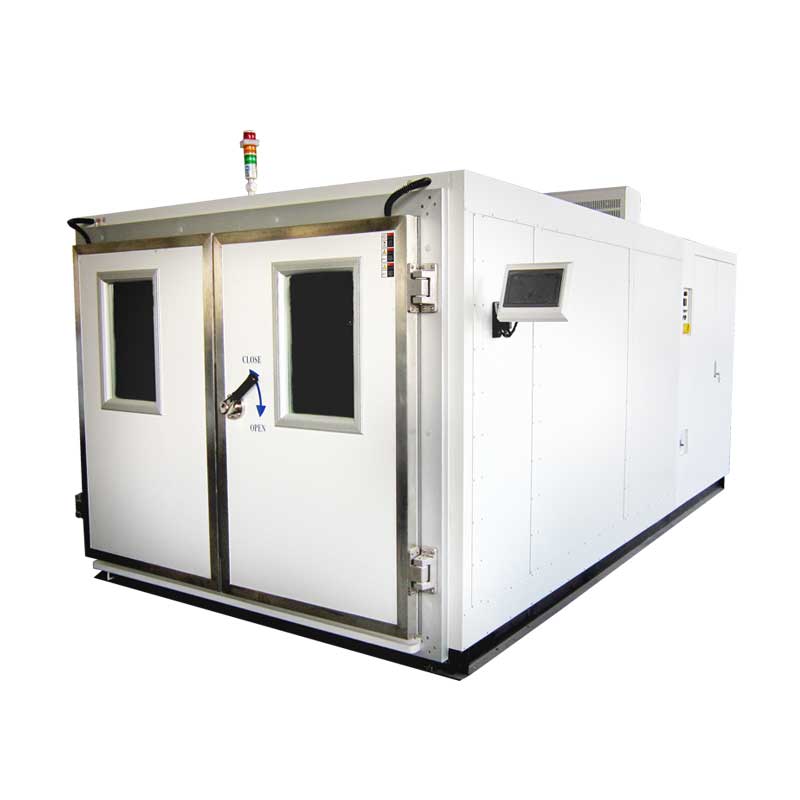The Critical Role of Salt Spray Corrosion Test Chambers for Enterprises
Author:LINPIN Update Time:2025-03-22 Source:LINPINWith the rapid development of modern society and technological advancements, industrial technologies have been significantly propelled forward. The application fields of various electrical, electronic, and electroplated products continue to expand while being subjected to increasingly diverse environmental conditions. Only by establishing strict product specifications and selecting appropriate environmental protection measures can enterprises ensure product integrity during production, storage, and transportation, as well as operational safety during usage.
Therefore, artificial environmental testing of materials or products has become a crucial link in quality assurance. Simulated environmental testing scientifically synthesizes actual environmental impacts, characterized by standardization, reproducibility, and practical comparability. The diversification of environmental conditions and the growing importance of environmental verification have imposed stricter requirements on testing equipment.
Salt spray testing, as an artificial simulation of corrosive saline environments, demonstrates significant advantages compared to natural exposure tests: controllable corrosion conditions, excellent environmental reproducibility, and dramatically shortened testing duration, which conserves substantial human, financial, and material resources. The methodology has evolved rapidly from initial neutral salt spray testing to include acetic acid salt spray tests, copper-accelerated acetic acid salt spray tests, and cyclic salt spray tests. China has incorporated salt spray testing into national standards with detailed specifications.

Salt spray corrosion test chambers utilize salt solutions or acidic saline solutions to accelerate material/product corrosion under controlled temperature and humidity conditions, replicating degradation patterns observed over extended periods. These devices enable evaluation of:
- Material and protective coating resistance to salt spray corrosion
- Comparative analysis of protective layer process quality
- Product-specific salt corrosion resistance performance.
Capable of maintaining constant temperatures from ambient to 55°C within the test chamber, the equipment conducts salt spray corrosion testing under stable thermal-humidity conditions. Constructed with imported corrosion-resistant PVC panels that remain inert to test solutions, the chambers ensure test result accuracy. The pressure-balanced design allows free salt mist settlement within parameters specified by national standards.
Notably, the chamber's 110° angled ceiling design prevents condensation dripping onto samples - a critical feature eliminating interference with test outcomes. The comprehensive engineering addresses potential condensation on interior surfaces that could compromise experimental validity.
It can be affirmed that only through precise understanding and proper utilization of salt spray test chambers' capabilities can manufacturers fully leverage their critical role in practical production quality control.





